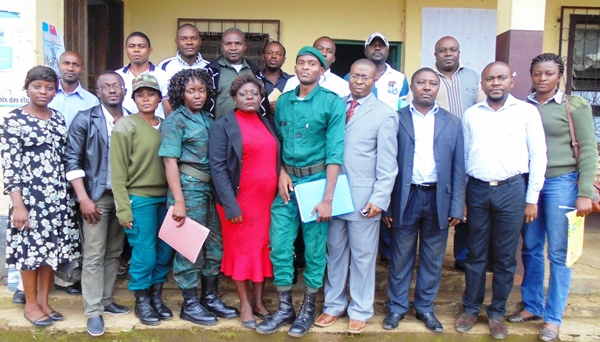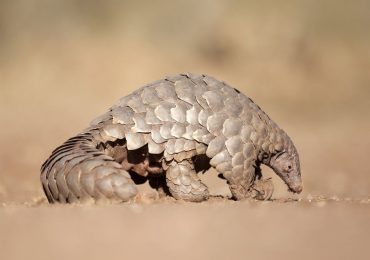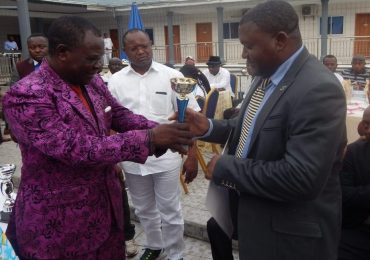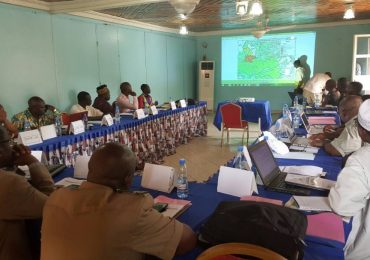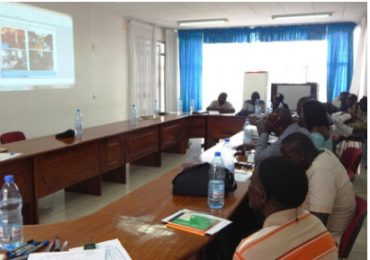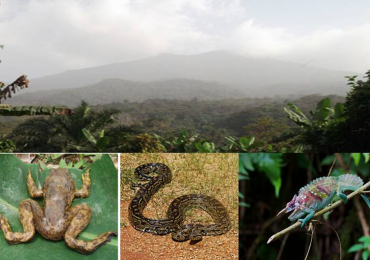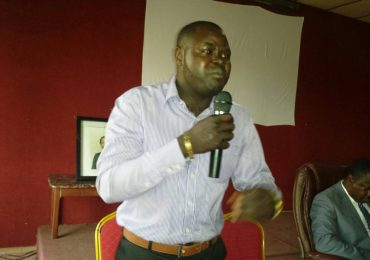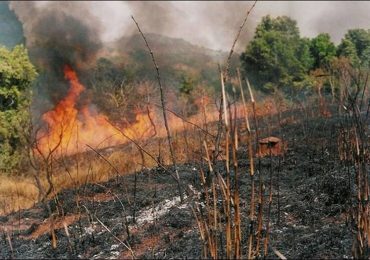Since the creation of the Bakossi National Park in 2007, the park has not yet had a management plan. The park boundaries have been geo-referenced but not demarcated on the ground. Hence, encroachment into the park is widespread because community members do not know the boundaries. “FORUDEF is therefore working to see that the natural resources in the area are managed sustainably despite the fact that there is no management plan yet and no boundaries demarcated physically,” says Apella Magellan, FORUDEF Project Development Officer.
By Azore Opio
The Food and Rural Development (FORUDEF) is working briskly with support from the Green Heart of Africa’s Civil Society Support Project (GHoA) to facilitate the development of a collaborative management plan for the Bakossi National Park in Kupe-Muangenguba Division. The GHoA Civil Society Support Project is a WWF support project funded by SIDA Sweden.
This project is about the conservation of natural resources in and around the Bakossi Landscape. The Bakossi Landscape extends to Mungo Division around Nkongsamba, Melong, Tombel and Bangem areas in the Southwest Region.
The project seeks to implement collaboration in the management of natural resources, and FORUDEF is implementing the Protected Area component of the project in the Bakossi National Park.
“One of the achievements of this project is that in November 2014, FORUDEF succeeded in organising a training workshop that brought together the officials of the Divisional Delegation of Forestry and Wildlife (MINFOF) of Kupe-Muanenguba, and the park services (eco-guards).
“At a workshop on law enforcement organised in Bangem, we trained 16 eco-guards to draft complaints and the procedure to follow to take offenders before the law court. Prior to this workshop, eco-guards lacked skills in complaint drafting,” Apella told The Green Vision.
Another achievement is a draft boundary protocol for the Bakossi National Park pending approval by MINFOF. This boundary protocol is a document which shows how the boundaries of the entire park have to be demarcated physically on the ground; what exactly is to be done at what portion of the boundary, the stakeholders involved and the role of the various communities.
In all, the boundary protocol shows more than a 70-km perimeter boundary that has to be demarcated. Furthermore, the internal rules and regulations (IRR) governing the Village Forest Management Committees (VFMCs) that was sponsored by FORUDEF, has also been completed pending approval by MINFOF.
“It is worthy to note that whereas a ministerial order creates VFMCs to be the link between the villages and the government in the management of Protected Areas, unfortunately, the decree stipulates that each VFMC should be made of a president (the chief of the village concerned), the secretary and a treasurer including five other members. The decree fails to assign responsibilities as to who does what in the VFMC and so nobody takes responsibility when the committee cannot perform its duties,” says Appella.
In this light, FORUDEF sponsored a workshop and proposed the IRR so as to make the VFMCs more functional. FORUDEF has also been able to advocate that co-management be implemented in the Bakossi National Park with the park service leading.
Says FORUDEF Project Development Officer: “Following this proposal, the Ministry of Forestry and Wildlife has agreed to introduce collaborative management in the Bakossi National Park. In the near future, the 42 villages that make up the park shall be fully involved in the management of the national park.
“There is also the management of non-timber forest products (NTFPs) in the Bakossi National Park which is one of the main resources of the park. The management of NTFPs has to be done following certain rules and guidelines. To this effect, FORUDEF has contracted the services of a consultant who is already in the field to collect data and come out with NTFPs commercialisation guidelines for the Bakossi National Park. The consultant will work in 10 pilot villages including Muaku, Muetan-Aku, Muandelegoe, Ekanjoh-Bajoh, and Boka-Bojoh.”
According to the Project Development Officer, the consultant is also expected to lead the commercialization of NTFPs following developed guidelines up to May 2016.
“In our future work, FORUDEF will be start the process of sensitisation and reorganisation of some VFMCs, beginning with Muandelegoe, Ekanjo-Bajoh, Mbang and Nzimbeng for 2015 and the rest of the other villages in 2016,” says Appella.
FORUDEF is grateful to WWF Cameroon through its Coastal Forest Program which is the financial and technical partner in this project. FORUDEF is also thankful to the Ministry of Forestry and Wildlife for giving it the opportunity to introduce collaborative management in the Bakossi National Park.
FORUDEF Facilitating Joint Management of Bakossi National Park
